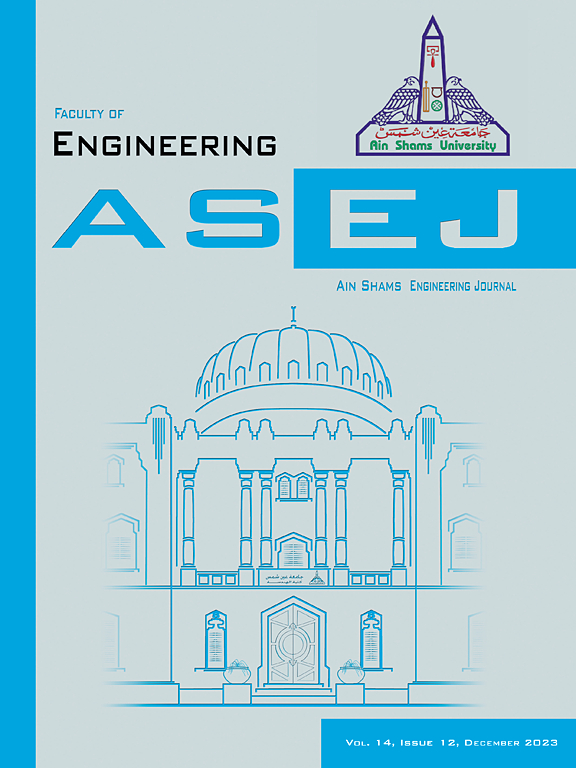A real–time distributed optimization control for power sharing and voltage restoration in inverter–based microgrids
IF 6
2区 工程技术
Q1 ENGINEERING, MULTIDISCIPLINARY
引用次数: 0
Abstract
This paper presents a distributed control framework for grid–forming (GFM) distributed generations (DGs), considering the objectives of active/reactive power sharing and load feeder voltage regulation in inverter–based microgrids (MGs). Battery energy storage systems (BESSs) are controlled GFM sources while solar–powered DGs are working in grid–following (GFL) mode to provide active power support. The proposed method simplifies the global optimization problem into multiple sub–optimal problems by virtually segregating each GFM source into two decoupled sources. Each sub–problem, containing at most two GFM sources and multiple GFL sources with a single distributed agent, is solvable independently using local and neighboring node information. This feature substantially minimizes computational and communication resources, allowing for solutions using low–cost digital signal processors (DSPs). Moreover, the highly distributed nature of the proposed search algorithm ensures fast solution convergence and real–time implementation in multi–agent systems (MAS). Compared to existing segregation methods like Alternating Direction Method of Multipliers (ADMM) and Augmented Lagrangian Alternating Direction Inexact Newton (ALADIN) schemes, which segregate the network into complex sub–networks involving several GFM sources, the proposed approach is more suitable for small–scale inverter–based MGs. The framework’s effectiveness is validated through analytical formulation, MATLAB simulations, and realistic experimental results within a multi–feeder test MG system, which includes numerous load feeders and sparsely available GFM DGs, a scenario that has received limited attention in existing literature.
求助全文
约1分钟内获得全文
求助全文
来源期刊

Ain Shams Engineering Journal
Engineering-General Engineering
CiteScore
10.80
自引率
13.30%
发文量
441
审稿时长
49 weeks
期刊介绍:
in Shams Engineering Journal is an international journal devoted to publication of peer reviewed original high-quality research papers and review papers in both traditional topics and those of emerging science and technology. Areas of both theoretical and fundamental interest as well as those concerning industrial applications, emerging instrumental techniques and those which have some practical application to an aspect of human endeavor, such as the preservation of the environment, health, waste disposal are welcome. The overall focus is on original and rigorous scientific research results which have generic significance.
Ain Shams Engineering Journal focuses upon aspects of mechanical engineering, electrical engineering, civil engineering, chemical engineering, petroleum engineering, environmental engineering, architectural and urban planning engineering. Papers in which knowledge from other disciplines is integrated with engineering are especially welcome like nanotechnology, material sciences, and computational methods as well as applied basic sciences: engineering mathematics, physics and chemistry.
 求助内容:
求助内容: 应助结果提醒方式:
应助结果提醒方式:


